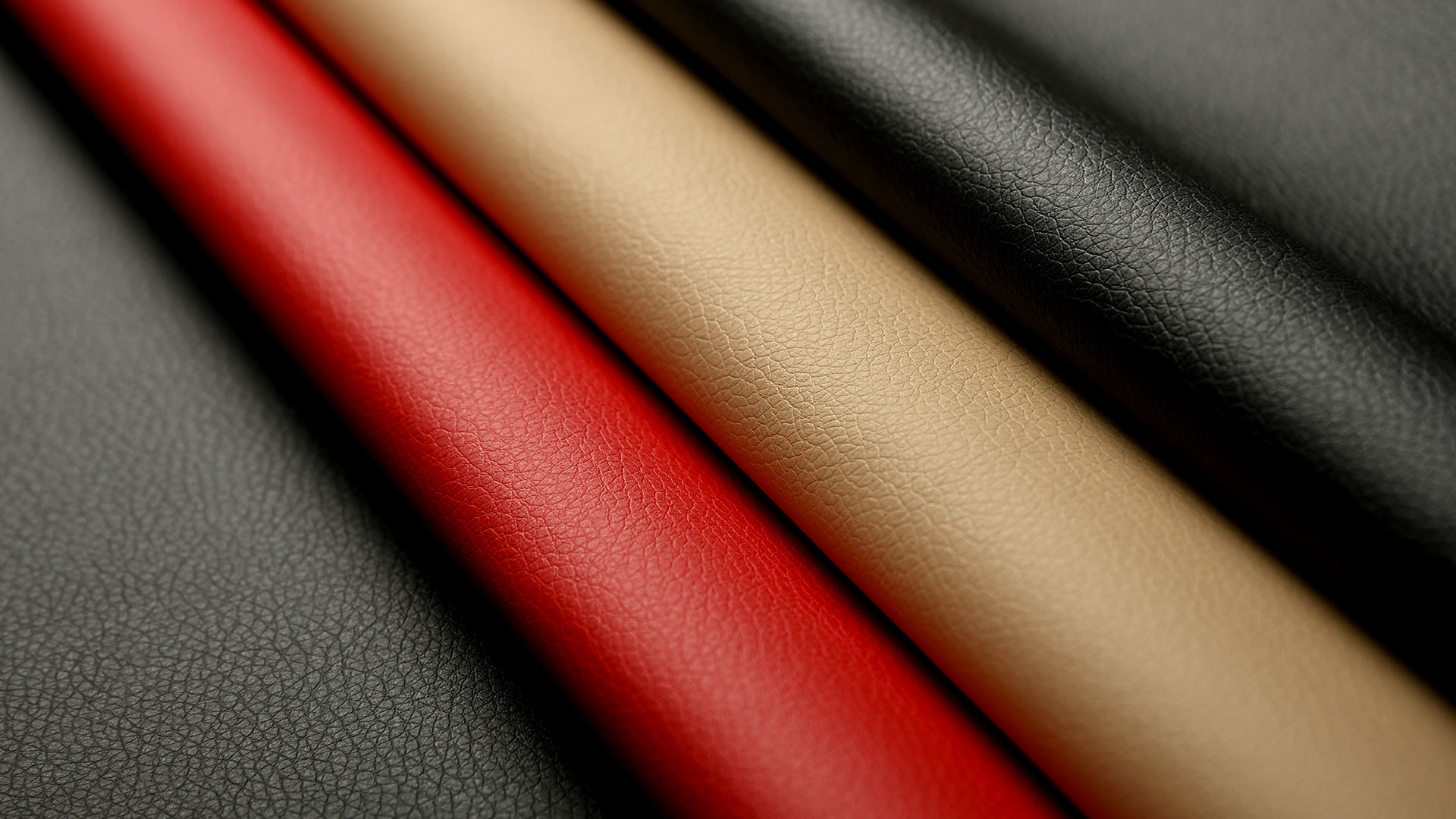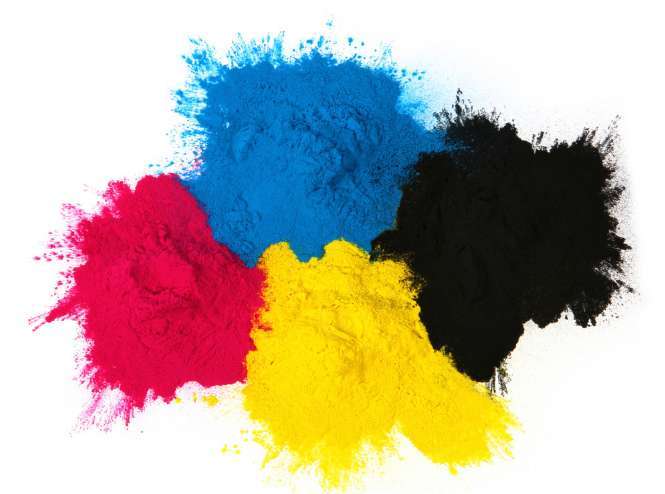Introduction to the Classification of Leather Dyes and Acid Dyes
Currently, the acidic dyes and direct dyes on the domestic market are bright monoazo dyes with relatively poor dyeing fastness for leather and lower prices. The so-called acidic black and direct black in the leather dye market are both economical leather dyes.
Acidic dyes refer to anionic dyes that color leather fibers in an acidic bath. Based on their dyeing performance and usage methods, they can be divided into strong acidic dyes and weak acidic dyes. Strong acidic dyes have simple structures, small organic molecular structures, and a majority of sulfonic acid groups. During dyeing, the dyes essentially exist in ionic form. Good coloring is required in a strong acidic medium during the dyeing process, making them suitable for dyeing leather fibers.
Performance of acidic dyes:
<1> Acidic dyes contain sulfonic acid groups (-SO3H) and rarely contain carboxylic acid groups (-COOH). The commercial form is sodium salt, which has good solubility in water and can dissolve in ethanol.
<2> The hue of acidic dyes changes when they encounter metal ions such as calcium, magnesium, lead, copper, and iron.
<3> The chemical structure of acidic dyes is mainly monoazo structure, accounting for 50%, and triarylmethane structure, accounting for 20%. Most acidic dyes with monoazo structure are yellow, orange, or red, such as Acid Orange II, Acid Scarlet 3R, and Acid Gold G. The diazo structure is mainly blue, brown, or black, such as Acid Black 10B. Most anthraquinone structure types are blue and green.
<4> Acidic dyes have a strong "affinity" for protein leather fibers. They can be quickly absorbed by leather fibers and gradually diffuse into the fibers. The ability to fix on leather fibers is referred to as the "affinity" of the dye.
<5> When using strong acidic dyes in leather dyeing, the penetration is fast, and the color is bright, but the wet processing fastness is poor. Indicators such as water wash resistance and dry-wet friction resistance are relatively low. The production process is simple, and the product price is low. It is a sunset product in the leather dye market.
Latest developments







